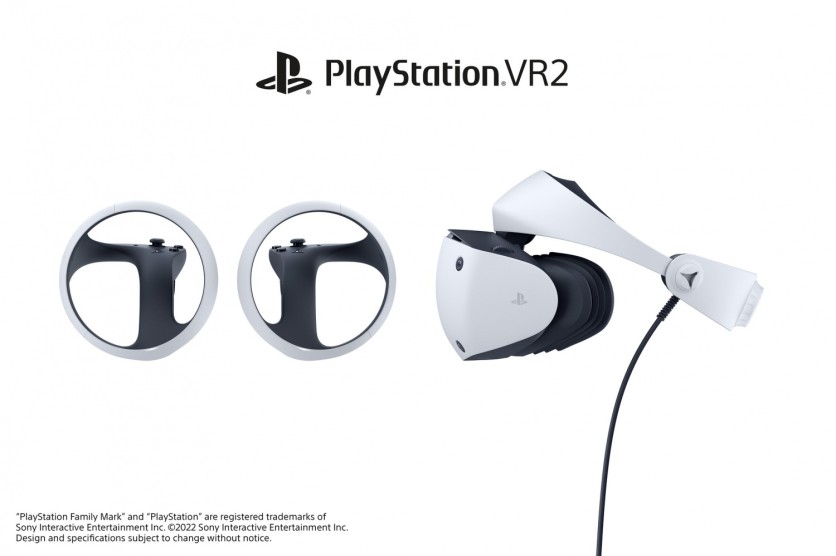PlayStation has finally revealed both the design and specifications surrounding its next virtual reality hardware, which follows keenly in the aesthetic ethos of its next-generation console, the PlayStation 5. The announcement comes via a PlayStation blog post released on Tuesday, Feb. 22, featuring several pictures of the headset and its accompanying dual controllers.
Coined simply VR2, as it is the second iteration on Sony's core product, the headset itself utilizes a somewhat similar design structure from its first version, only this one will have a ton of additional features for comfort and immersion. Like its predecessor, PS VR2 will have a 360-degree field of view within the various virtual worlds, but the headset will be much less heavy.
Sony relays a certain emphasis on its character and feel, highlighting that the company set out to "create a headset that will not only become an attractive part of your living room decor, but will also keep you immersed in your game world." Alongside the redefined Sense controller, which should have enhanced haptic feedback like the PS5's DualSense controller, the VR2 will also utilize a built-in motor for haptics.

Related Article : PSVR 2 vs. Meta Oculus Quest 2: Which is the Superior VR Glasses
Of major note is a new ventilation portion on the headset, which SIE senior art director Yujin Morisawa voiced with emphatic enthusiasm:
"Our engineers came up with this idea as a good way to allow ventilation and avoid having the lens fog up while players are immersed in their VR games. I worked on many design concepts to achieve this, and in the final design, you can see there is little space in between the top and front surface of the scope that contains the integrated ventilation."
Those familiar with the original PS VR design will notice a whole new dial on the brim of its lens, which will assist in adjusting the lens so wearers can "optimize their view" via pulling the screen distance closer or further away from their eyes. It's a neat new concept that should only further the overall user experience.
Aside from these additional new features, the PS VR2 system will still carry over concepts from its previous design, including the stereo headphone jack and adjustable scope for one's face placement. Overall, the finished product's design and new features all look impeccable, though I do personally wish PlayStation had emphasized cutting cords.
Most competitors are not turning away from using wireless in their headsets, as showcased with Meta's Quest 2, HTC's Vive Pro 2, and more. Still, while wireless connectivity isn't exactly a necessity, it does help in the immersion department.
Sony did not relay when specifically enthusiasts can expect the PS VR2 release date or when PlayStation itself would announce it, though it should be sometime this year. The announcement did give voice that the system is in the hands of video game creators, so fans won't have to wait long for VR experiences when the VR2 finally does debut.
ⓒ 2025 TECHTIMES.com All rights reserved. Do not reproduce without permission.




